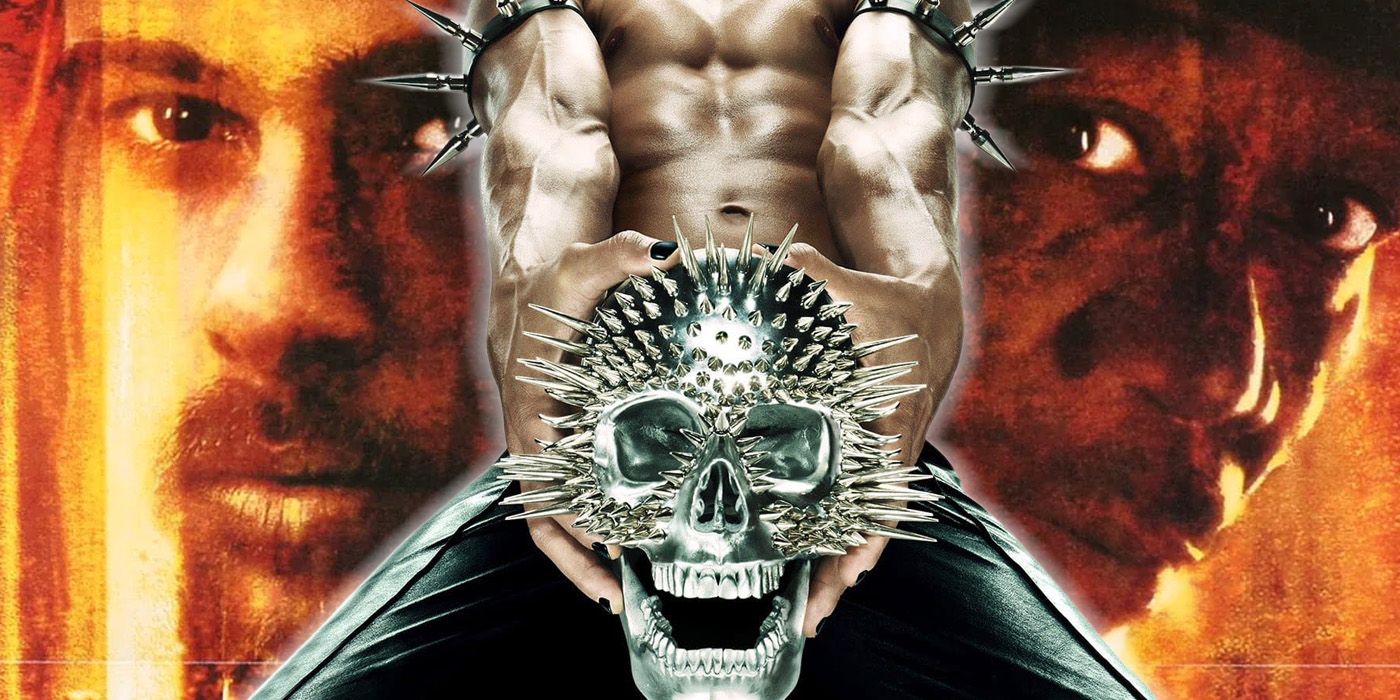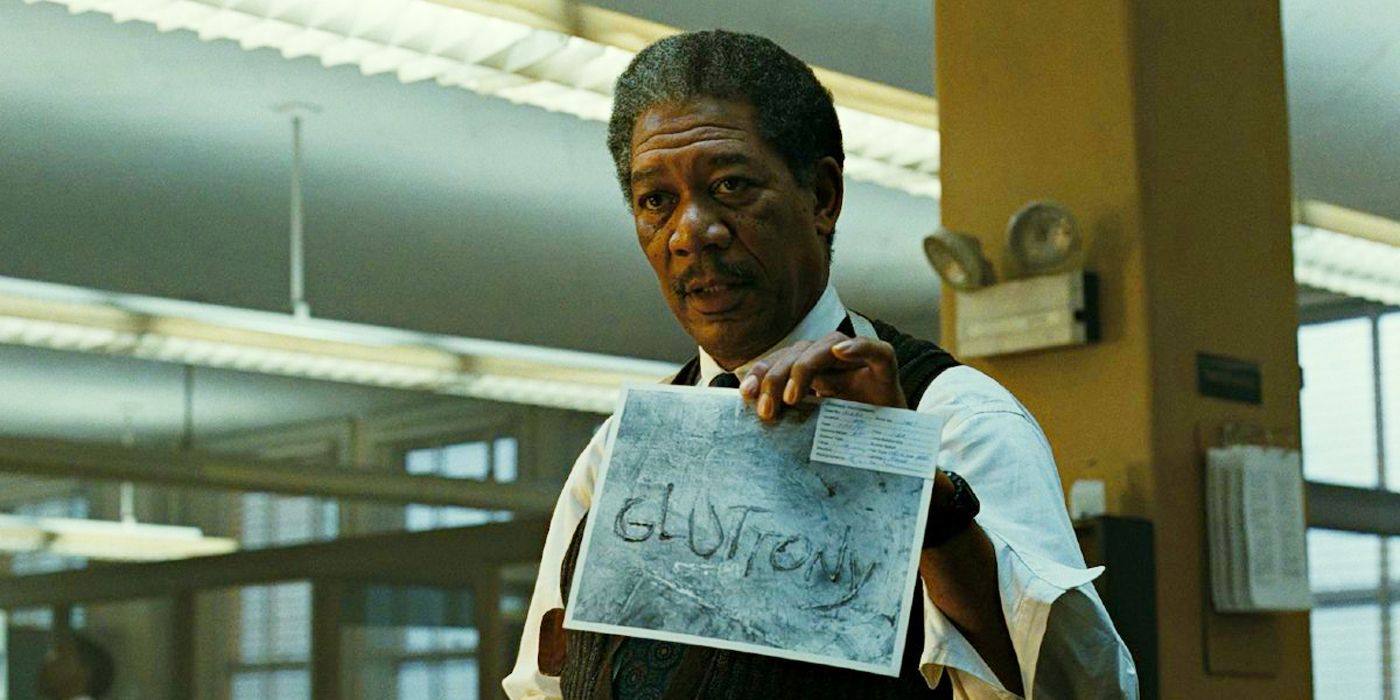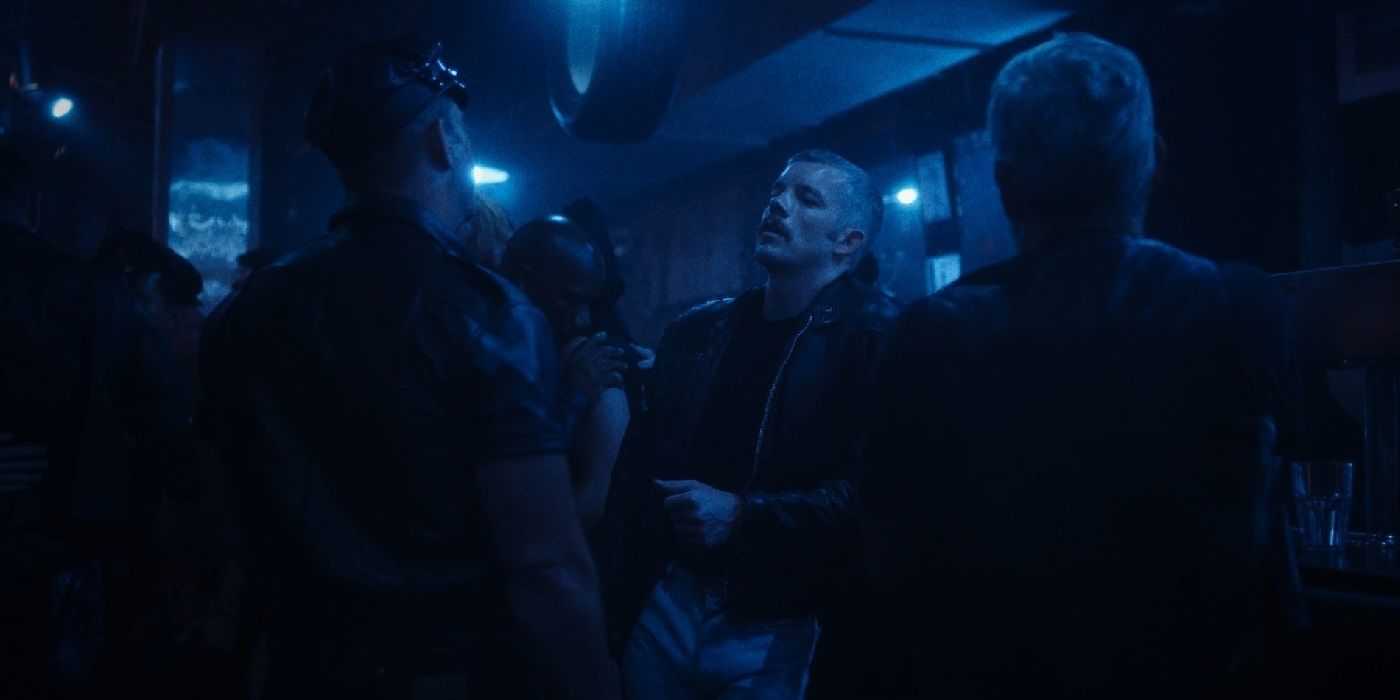
The new season, however, has stayed away from the supernatural completely. Four episodes into American Horror Story: NYC have revealed plenty of real-world boogeymen, but no vampires, werewolves or aliens from outer space. That makes it feel much more akin to a crime thriller in the style of David Fincher’s films like Se7en and Zodiac. NYC appears to be actively leaning into the genre, and while there’s plenty of time to deliver a few surprises, overtly fictional scares haven’t been necessary thus far. Fincher makes a fitting muse.
Fincher’s Thrillers Were Defined by Lean Style and Violent Content

Fincher’s Se7en details the hunt for a serial killer in an unnamed city who patterns his murders after the Seven Deadly Sins. Zodiac delivers the same treatment for the infamous Zodiac Killer who operated in the San Francisco Bay area in the late 1960s. The real life Zodiac killer was noted for never being caught. Both films utilize the same lean filmmaking techniques that made Fincher’s name as a director.
Fincher favors low lighting and emphasizes contrasts between light and shadow. His shots tend to be monochrome — favoring one color over the others — and he favors tracking shots and smooth camera movements. Dark subject matter goes without saying, and his heroes tend to be in deeply over their heads against terrifying forces they can never fully perceive. He tends to work with like-minded collaborators such a musician Trent Reznor and cinematographer Darius Khondji. Above all, he focuses on the horrors of the world as it is, though he sometimes distorts it via the flawed perceptions of his protagonists.
AHS: NYC Finds Fincher-Type Monsters in The Real World

American Horror Story: NYC bears a lot of similarities to Fincher’s film. The stye is very similar for starters, with a lot of dim lighting and deliberately washed-out shots. Fincher was influenced by many of the same films from the 1970s that inform NYC, such as Taxi Driver and The Godfather movies, so there’s common DNA in the technique. American Horror Story also features protagonists similar to Fincher’s: good people struggling against an evil that far outweighs them. The series thrives on such figures, but rarely have they felt so akin to Fincher as they do here.
More importantly, the horrors of NYC are solely those of the real world. The opening four episodes have all focused on a serial killer stalking the gay nightclub scene in the early 1980s, drawing from similar figures such as The Son of Sam. Systemic prejudice becomes a villain as well, as the show’s largely gay characters seek help from the police only to be derided and actively abused in some cases. Above it all lurks the specter of AIDS, with several character evincing early signs of HIV infection and a lethal pandemic still to come.
The new season is as horrifying as anything the series has yet shown; all the more so because NYC doesn’t need to use anything otherworldly to do it. Fincher becomes strong inspiration in part because his movies often straddle the line between crime thrillers and horror movies. American Horror Story is known for its mid-season twists, and something more overtly supernatural may show up before it’s all said and done. But for now, the real-world boogeymen are doing just fine on their own.
New episodes of American Horror Story air Wednesdays on FX, and stream every Thursday on Hulu.

